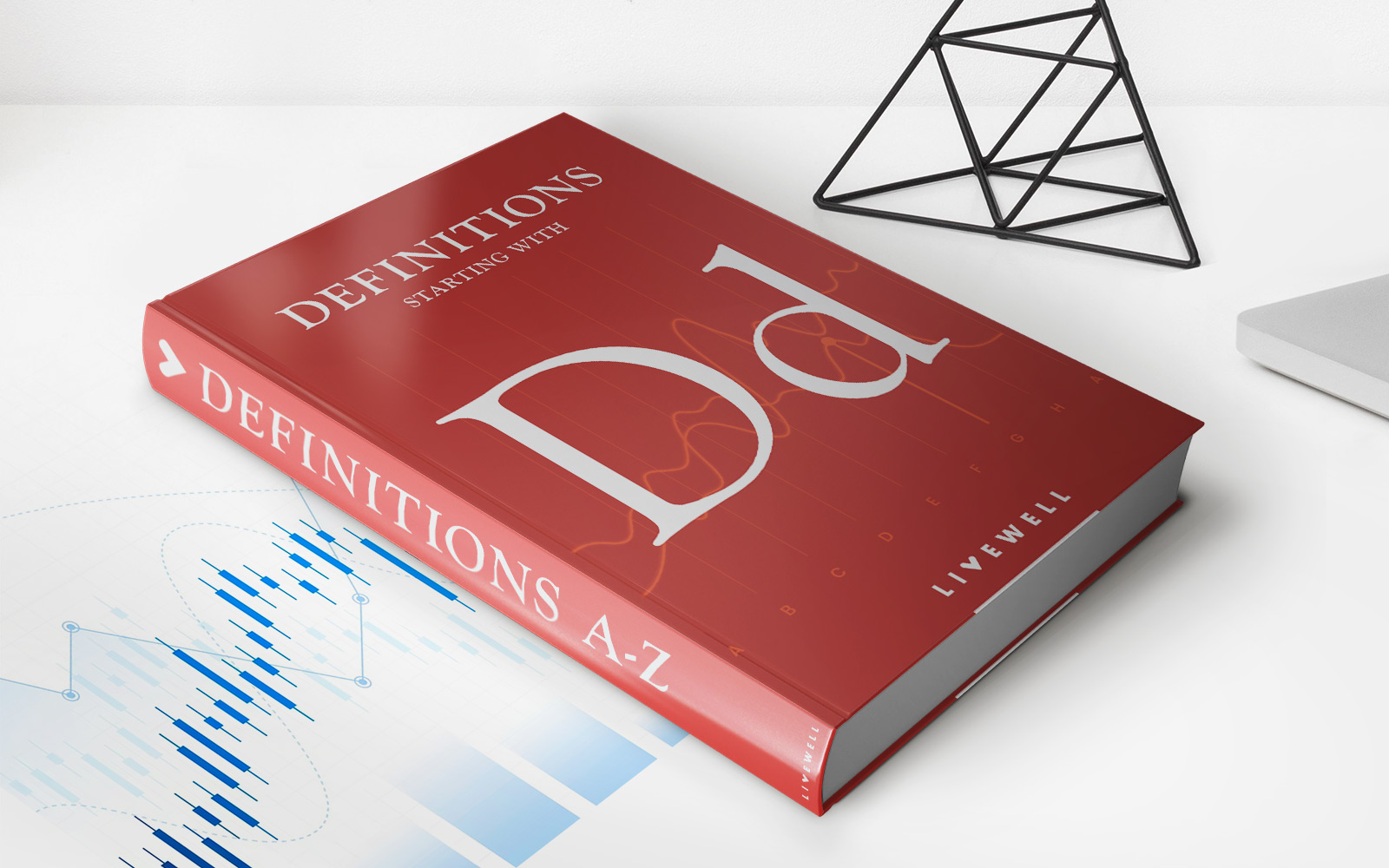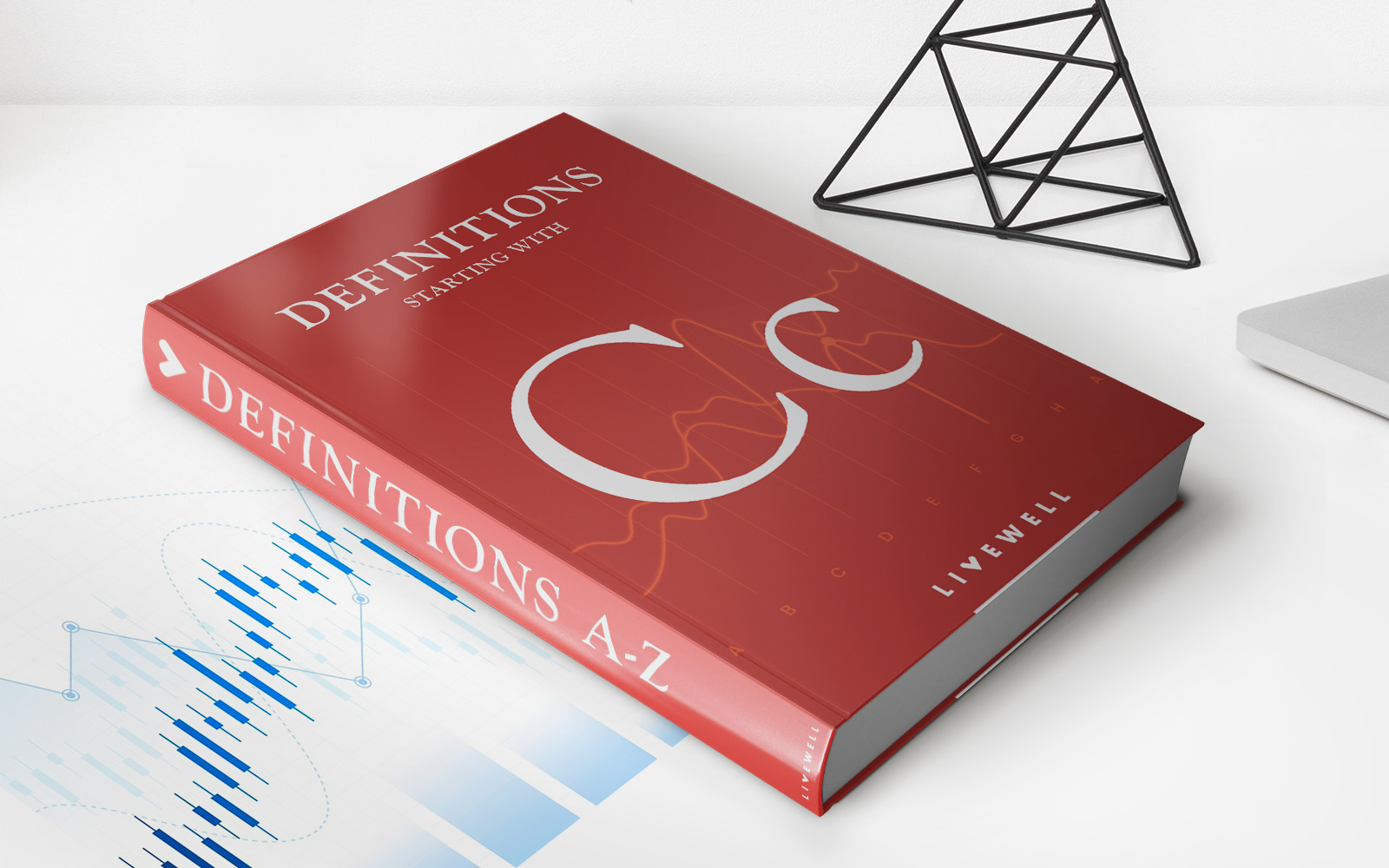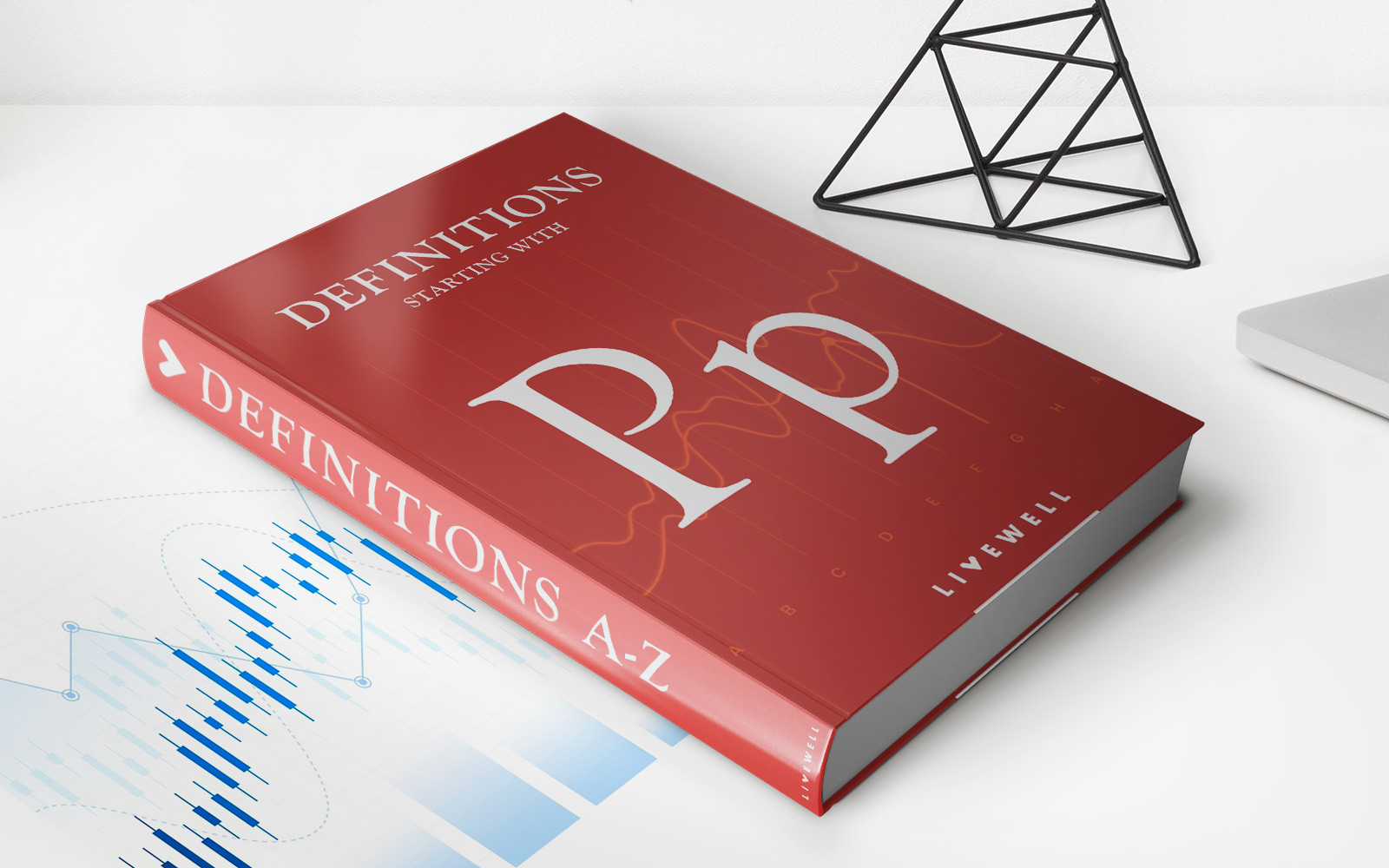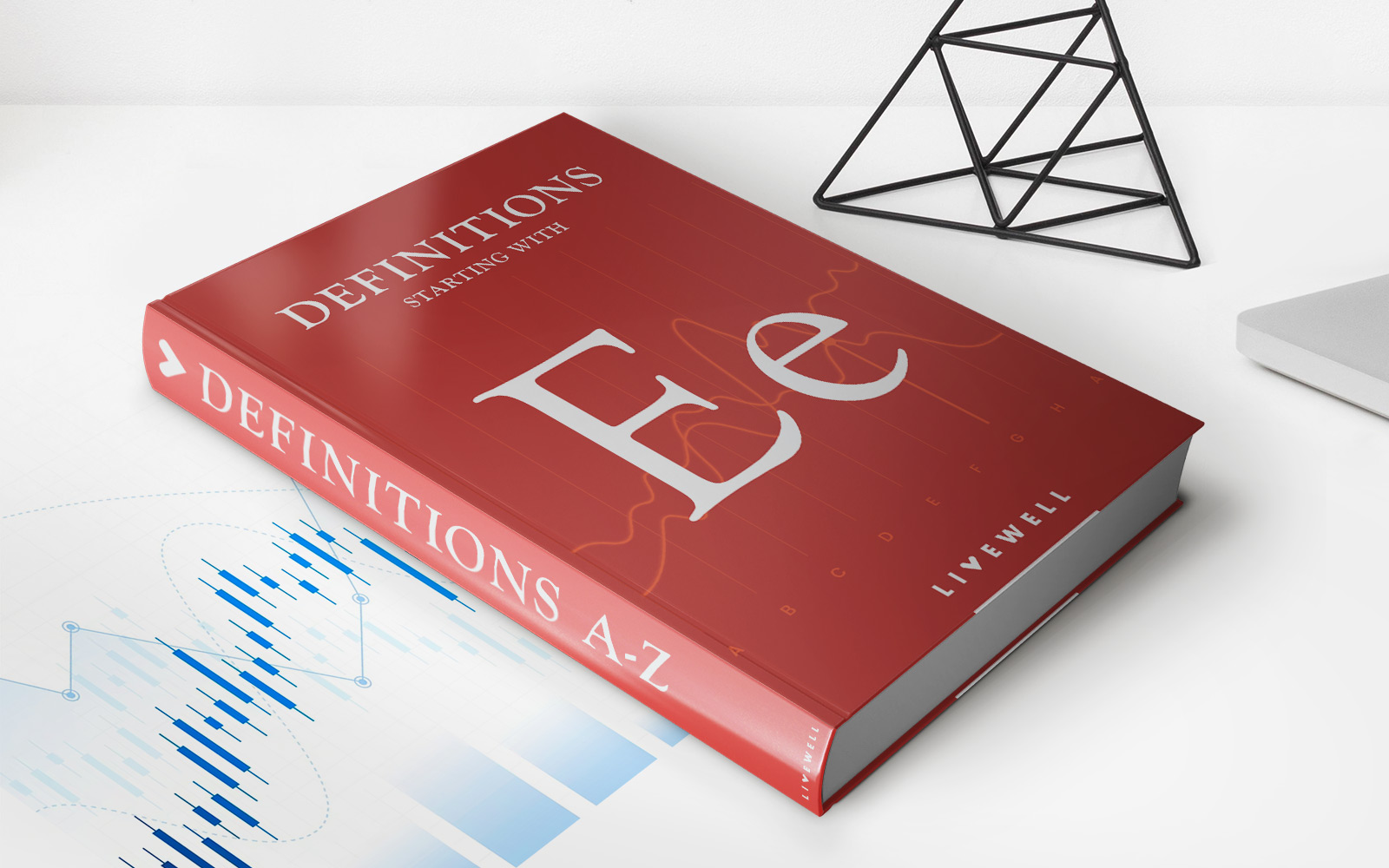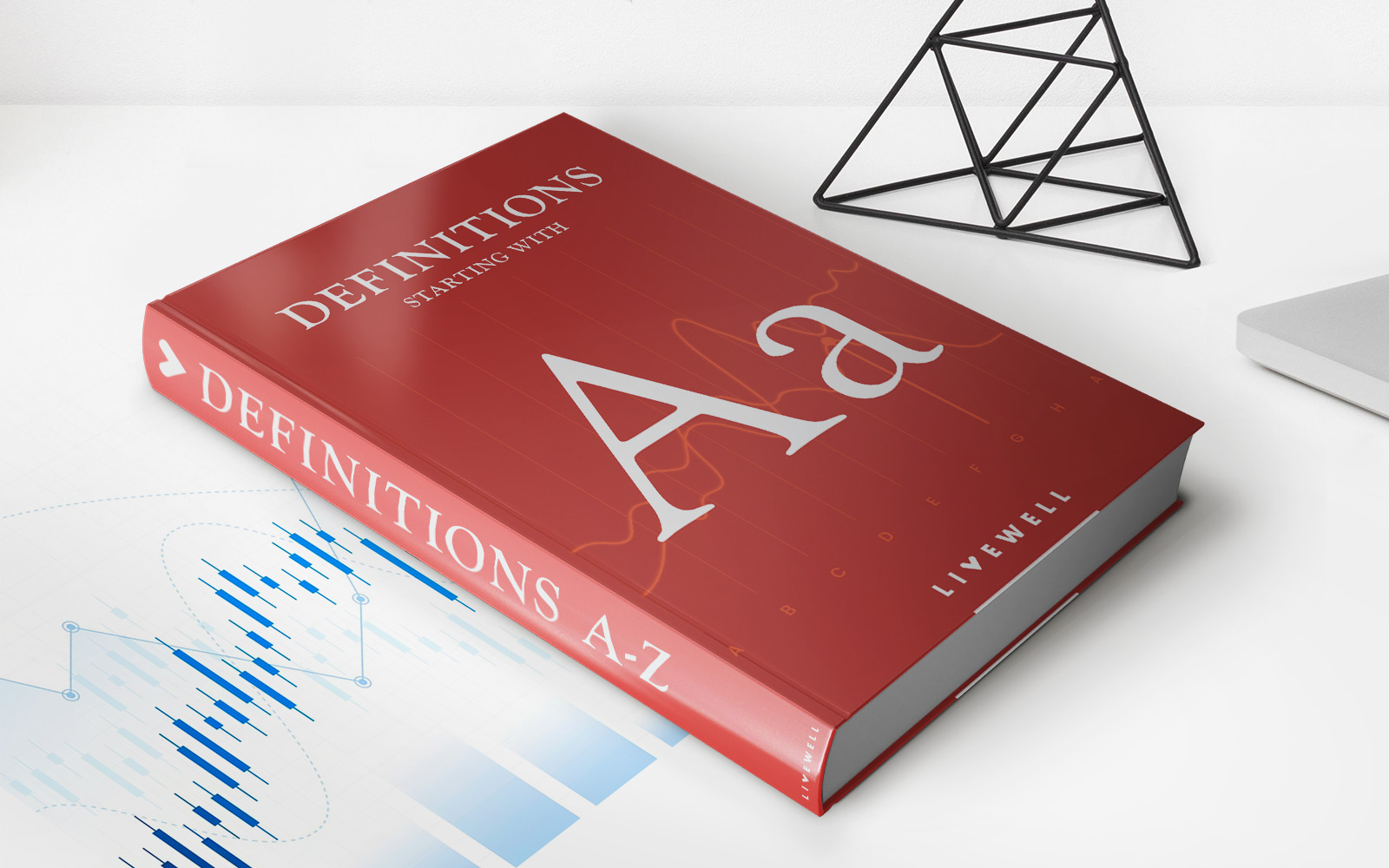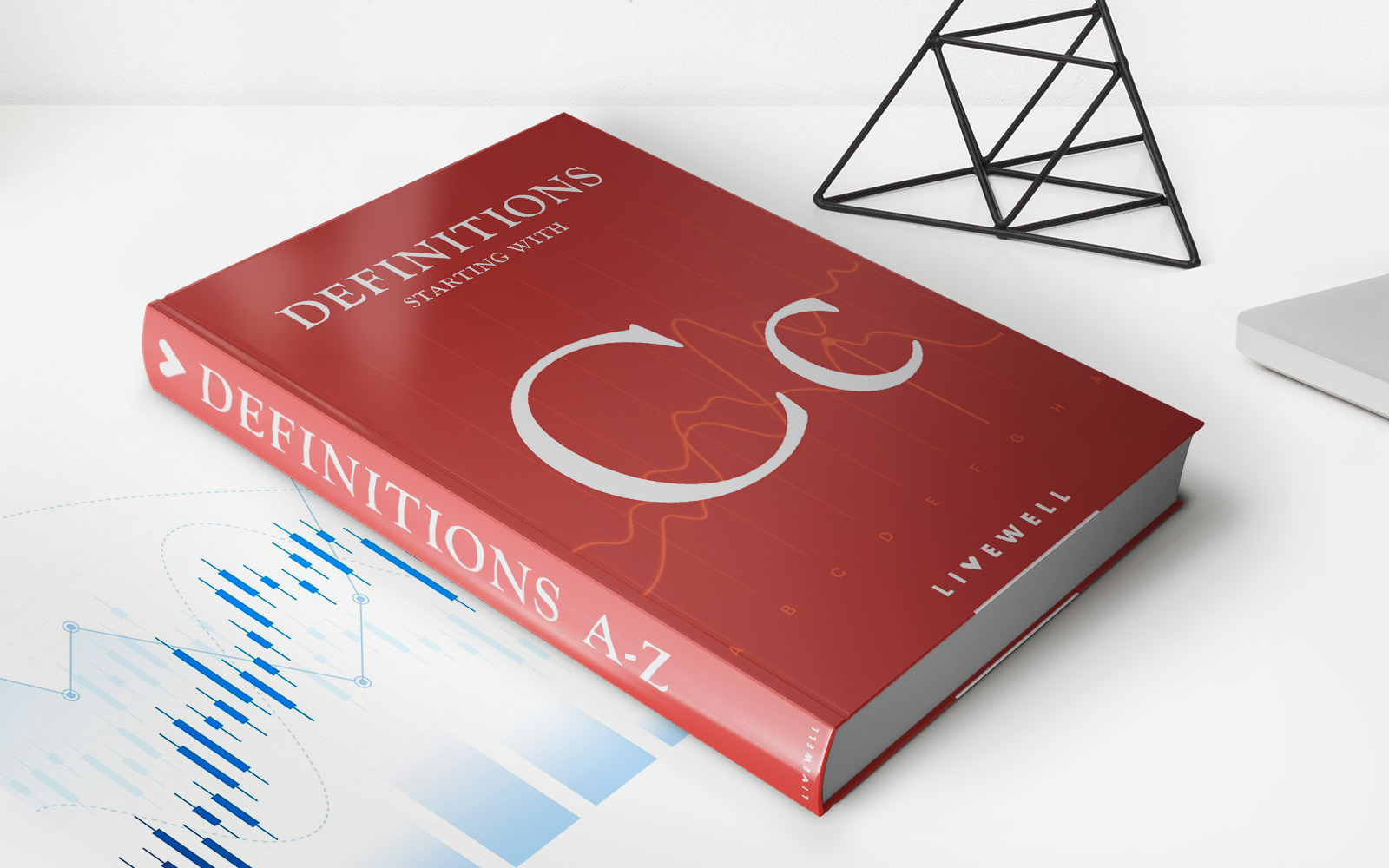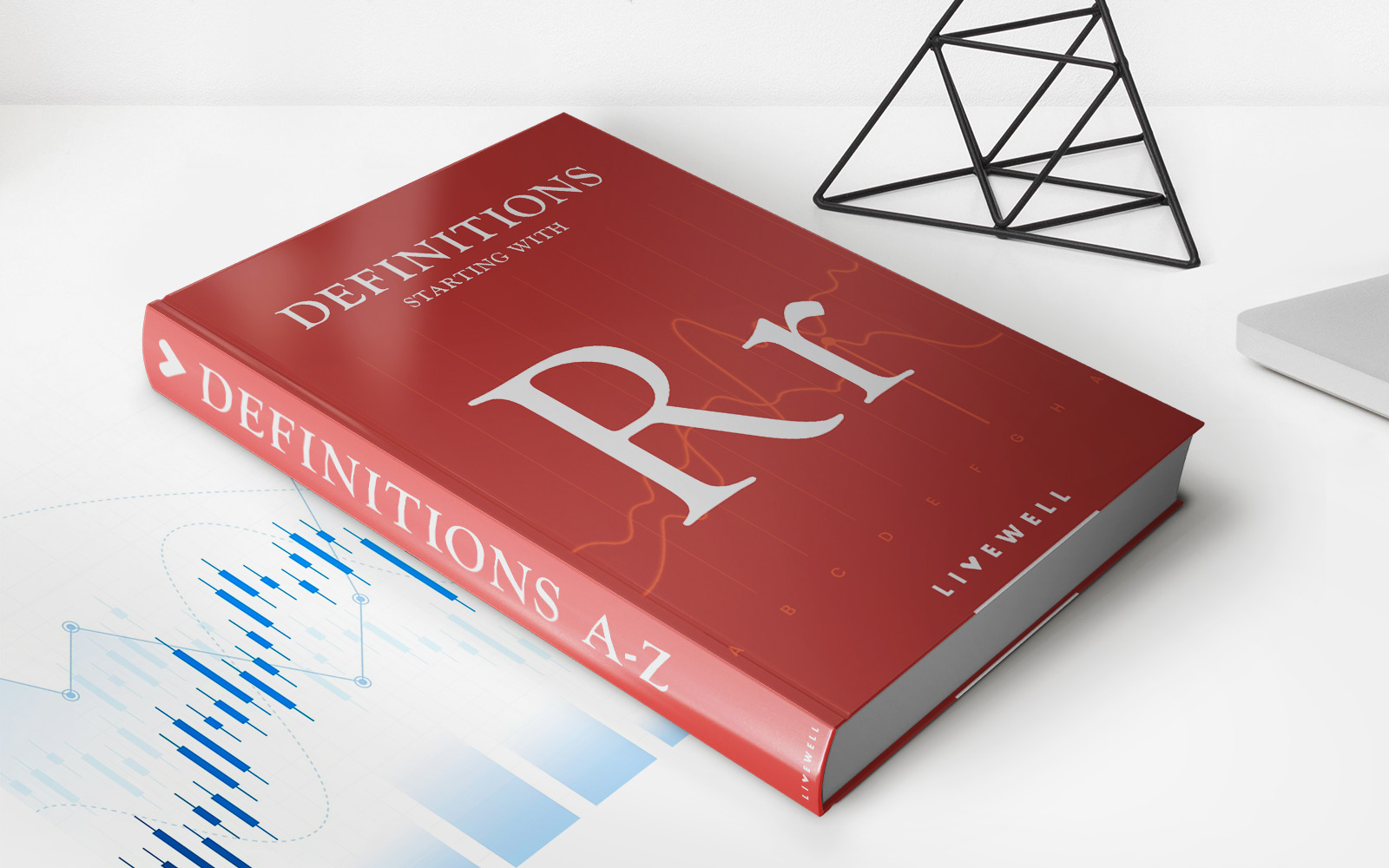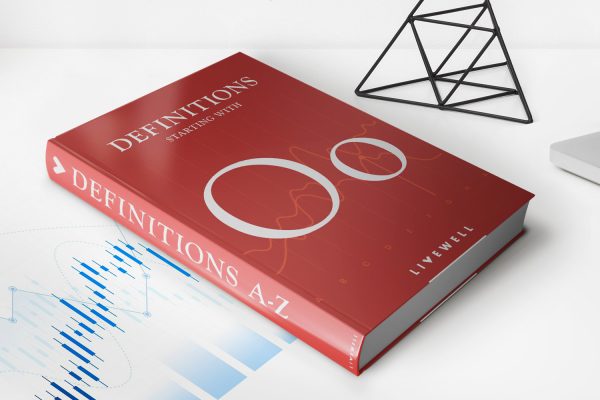Home>Finance>Sharpe Ratio: Definition, Formula, And Examples


Finance
Sharpe Ratio: Definition, Formula, And Examples
Published: January 28, 2024
Learn about the Sharpe Ratio in finance - its definition, formula, and examples. Understand how it measures risk-adjusted returns and guides investment decisions.
(Many of the links in this article redirect to a specific reviewed product. Your purchase of these products through affiliate links helps to generate commission for LiveWell, at no extra cost. Learn more)
Understanding the Sharpe Ratio: Definition, Formula, and Examples
When it comes to evaluating investments and assessing their risk-adjusted returns, the Sharpe Ratio is a powerful tool that can provide insights about potential opportunities. In this article, we will delve into the details of what the Sharpe Ratio is, how it is calculated, and provide examples to help you understand its significance in the world of finance.
Key Takeaways:
- The Sharpe Ratio is a measure of risk-adjusted return, helping investors gauge the return they receive per unit of risk taken.
- It was developed by Nobel laureate William F. Sharpe and has become a widely used metric in the financial industry.
What is the Sharpe Ratio?
The Sharpe Ratio is a financial metric that enables investors to evaluate an investment’s return relative to the amount of risk involved. It measures the excess return generated above a risk-free rate per unit of risk, also known as volatility. By considering both return and risk, the Sharpe Ratio provides a comprehensive measure of an investment’s performance, taking into account the inherent uncertainty and variability associated with it.
The formula for calculating the Sharpe Ratio is relatively straightforward:
Sharpe Ratio = (Return of Investment – Risk-Free Rate) / Standard Deviation of Investment
By utilizing this formula, investors can assess whether an investment’s return justifies the level of the associated risk. A higher Sharpe Ratio indicates a more efficient use of risk to generate returns, while a lower ratio indicates potential inefficiency or excessive risk-taking.
Examples of the Sharpe Ratio
To illustrate how the Sharpe Ratio works, let’s consider two different investments:
Investment A: Average annual return of 8%, standard deviation of 10%
Investment B: Average annual return of 12%, standard deviation of 15%
Assuming a risk-free rate of 2%, we can calculate the Sharpe Ratios for both investments:
Sharpe Ratio for Investment A: (8% – 2%) / 10% = 0.6
Sharpe Ratio for Investment B: (12% – 2%) / 15% = 0.67
Comparing the two Sharpe Ratios, we can conclude that Investment B offers a higher return for the level of risk taken, making it a more attractive option for investors looking to maximize their risk-adjusted returns.
By using the Sharpe Ratio to evaluate different investments, investors can make informed decisions about their portfolios and allocate their assets in a way that balances risk and return.
Conclusion
The Sharpe Ratio is a valuable tool for investors seeking to assess the risk-adjusted returns of their investments. By taking into account both the return and the volatility of an investment, the Sharpe Ratio provides a comprehensive measure to evaluate efficiency and helps in making informed investment decisions. Remember to make use of the formula and examples provided to determine which investments offer the best risk-adjusted returns, ultimately leading to greater financial success.
